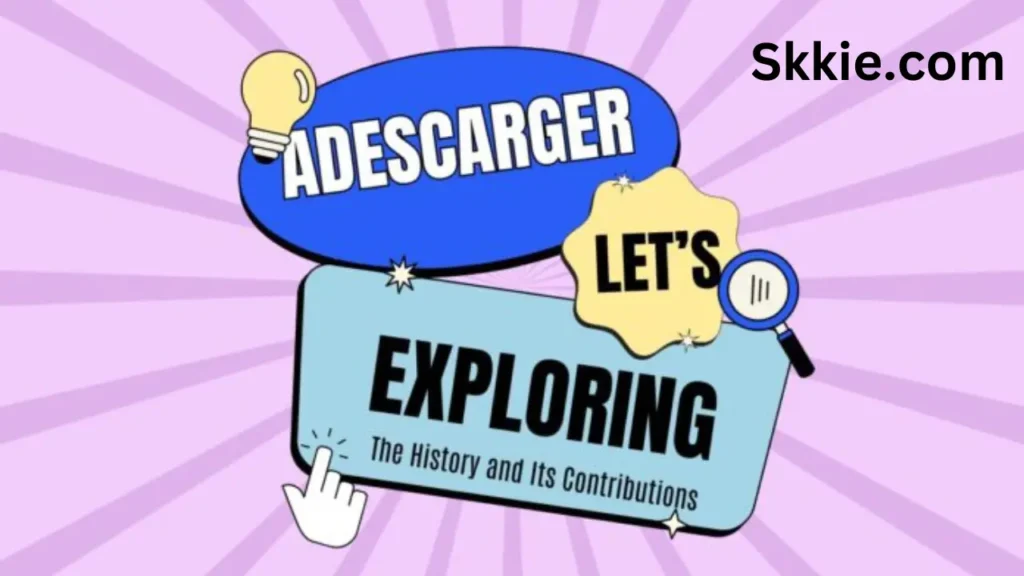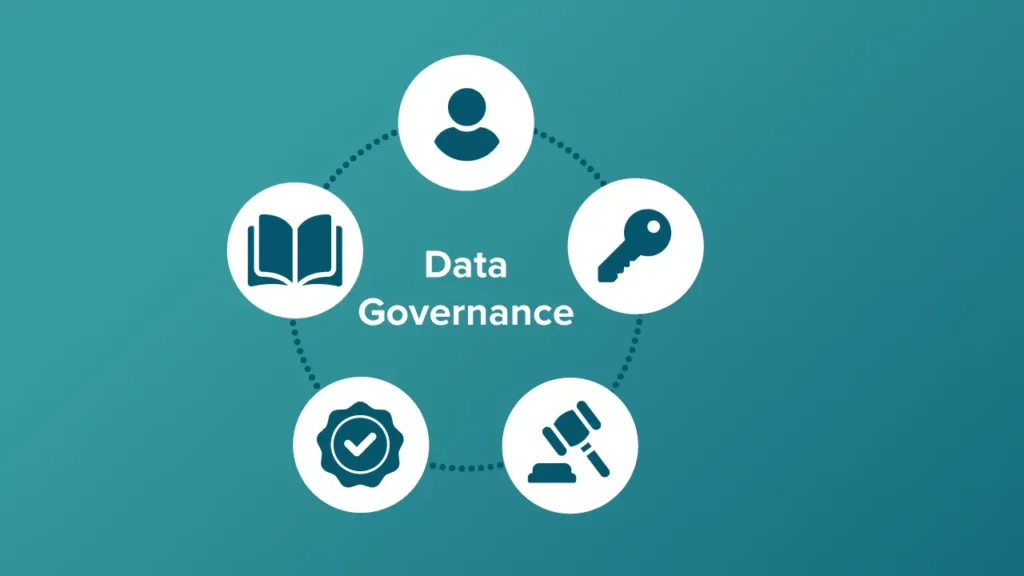In the ever-evolving landscape of software development, agility is paramount. With the right strategies, teams can navigate complexities, meet customer needs, and deliver outstanding software. This article delves into the world of codecraft: agile strategies for crafting exemplary software. From inception to execution, we explore ten indispensable techniques to drive success in your development endeavors.
The Foundation: Understanding Agile Development
Agile Development Methodology
Agile development methodologies, often referred to as “Codecraft,” provide a flexible framework for iterative software development. Embracing values such as collaboration, adaptability, and customer feedback, agile teams thrive in dynamic environments.
Scrum Framework
Within the realm of agile methodologies, Scrum stands out as a popular framework. It promotes transparency, inspection, and adaptation, empowering teams to deliver high-quality products efficiently.
Sprint Planning
Sprint planning is a crucial aspect of the Scrum framework, where teams define goals, prioritize tasks, and allocate resources for the upcoming sprint. This iterative process fosters alignment and ensures focused efforts.
Streamlining Development Processes
Continuous Integration and Deployment (CI/CD)
CI/CD practices automate the integration and deployment of code changes, enabling teams to deliver updates swiftly and consistently. By minimizing manual intervention and streamlining workflows, CI/CD accelerates the software delivery pipeline.
Test-Driven Development (TDD)
TDD emphasizes writing tests before code implementation, fostering a test-first mindset among developers. By validating functionality incrementally, TDD enhances code quality, reduces defects, and promotes robustness.
Pair Programming
Pair programming involves two developers collaboratively working on the same codebase in real-time. This practice fosters knowledge sharing, improves code quality, and accelerates problem-solving.
Cultivating a Collaborative Culture
Cross-Functional Teams
Cross-functional teams comprise individuals with diverse skill sets, fostering synergy and innovation. By leveraging the collective expertise of team members, organizations can tackle complex challenges effectively.
Agile Ceremonies
Agile ceremonies, such as daily stand-ups, sprint reviews, and retrospectives, facilitate communication, transparency, and continuous improvement. These rituals foster team cohesion and ensure alignment towards shared goals.
Embracing Change
Agile methodologies embrace change as a natural part of the development process. By remaining adaptable and responsive to evolving requirements, teams can deliver software that meets the evolving needs of stakeholders.
Maximizing Efficiency and Value
Prioritizing User Feedback
User feedback serves as a guiding light for product development, enabling teams to validate assumptions and refine features iteratively. By prioritizing user-centric design, organizations can create software that resonates with their target audience.
Agile Metrics and Analytics
Agile metrics provide valuable insights into the performance and health of development processes. By tracking key metrics such as velocity, lead time, and defect rate, teams can identify areas for improvement and make data-driven decisions.
Continuous Learning and Improvement
FAQs (Frequently Asked Questions)
What is the Agile Manifesto?
The Agile Manifesto is a guiding document that outlines the core values and principles of agile software development. It emphasizes individuals and interactions over processes and tools, customer collaboration over contract negotiation, and responding to change over following a plan.
How does Agile differ from traditional development methods?
“Codecraft” Unlike traditional development methods, which follow a linear and sequential approach, agile methodologies prioritize adaptability, collaboration, and iterative delivery. Agile embraces change, welcomes customer feedback, and encourages continuous improvement throughout the development lifecycle.
What are the benefits of adopting Agile practices?
Adopting Agile practices offers numerous benefits, including increased flexibility, faster time-to-market, improved product quality, enhanced customer satisfaction, and greater adaptability to changing market conditions.
Is Agile suitable for all types of projects?
While Agile is well-suited for many software development projects, its applicability depends on various factors such as project size, complexity, and stakeholder requirements. Agile may not be suitable for projects with rigid deadlines, fixed scope, or regulatory constraints.
How can teams transition to Agile effectively?
Transitioning to Agile requires a cultural shift, stakeholder buy-in, and adequate training. Organizations should invest in educating team members about Agile principles and practices, establish clear roles and responsibilities, and foster a supportive environment for experimentation and learning.
What role does leadership play in Agile transformation?
Leadership plays a critical role in driving Agile transformation within organizations. Leaders must champion Agile values, empower teams to self-organize and remove impediments that hinder progress. By fostering a culture of trust, collaboration, and continuous improvement, leaders can pave the way for Agile success.
Conclusion
In the fast-paced world of software development, agility is not merely a buzzword but a necessity for success. By embracing agile strategies and principles, teams can navigate complexity, adapt to change, and deliver exemplary software that delights customers. From Scrum frameworks to continuous improvement practices, the journey of codecraft: agile strategies for crafting exemplary software is one of continuous learning, collaboration, and innovation.



